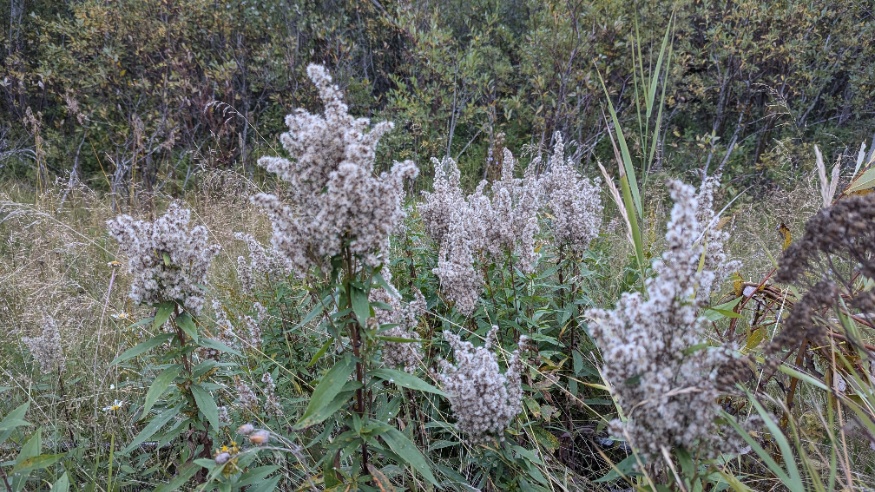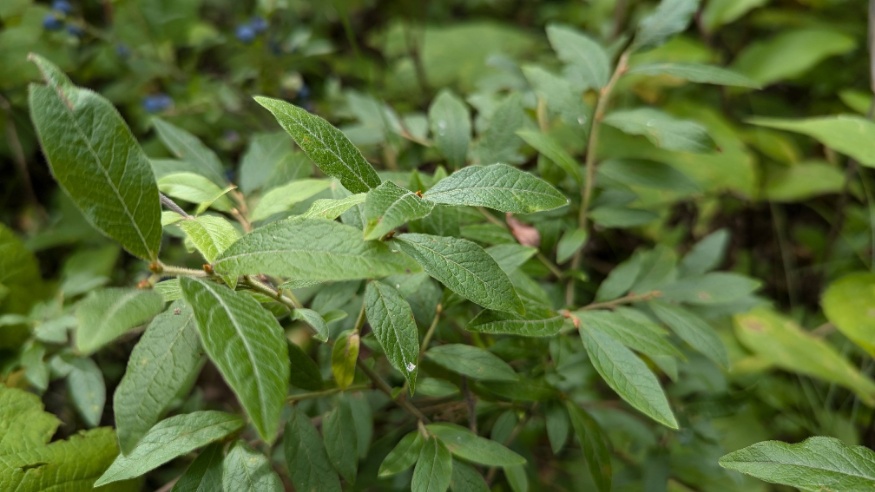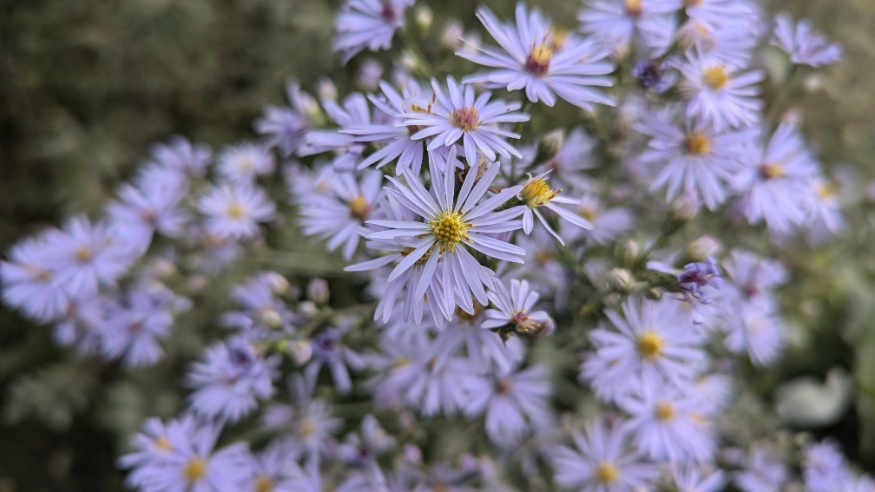American Elm
Other Names: null
Other Botanical Names: null
Family: Ulmaceae Native to: Eastern North America, Interior North America
Hardy to zone: 2
Natural habitat: swamps & bogs, waters edge
Shapes: overarching
Height: 80ft
width: 60ft
Growth rate: fast
Lifespan: 100-500 years
Unique attractions: branching
Common uses: landscaping, cityscape
Diseases: dutch elm disease
Light: full sun
Transplanting: easy
Soil: moist and fertile, well drained, ph adaptable
A North American countryside tree known for its hight and unique overarching habit. Dutch Elm Disease has driven the American Elm to near extinction, changing Its average lifespan from 400 to under 100 years.
Leaves
Dark green with uninteresting yellow, green or brown fall colour. Short, stiff hairs on the upper surface causes it to have a rough, sand paper-like texture. The leaf base is usually unequal.
Twigs & Buds
Buds slant to one side. The bark of trunk has deep ridges and grooves.
Pests & Disease
Dutch Elm Disease is a fungus that attacks the tree's vascular system and it has killed almost all American Elms in North America. The Elm Bark Beetle is it's vector, spreading fungus spores from infected trees to healthy ones. An anti-fungal injection can be used every two years as a preventative.
Winnipeg, Manitoba has managed to protect its elms, cold weather kills the beetles, and the province has been adamant at preventing the disease there.
Some American Elms have developed a natural resistance to Dutch Elm Disease. The University of Guelph has taken advantage of these survivors and is creating seedlings Elms resistant to the Disease.
Popular Cultivars
- 'Accolade' - hybrid with the Japanese Elm and resistant to Dutch Elm Disease
- 'Valley Forge' - resistant to Dutch Elm Disease


